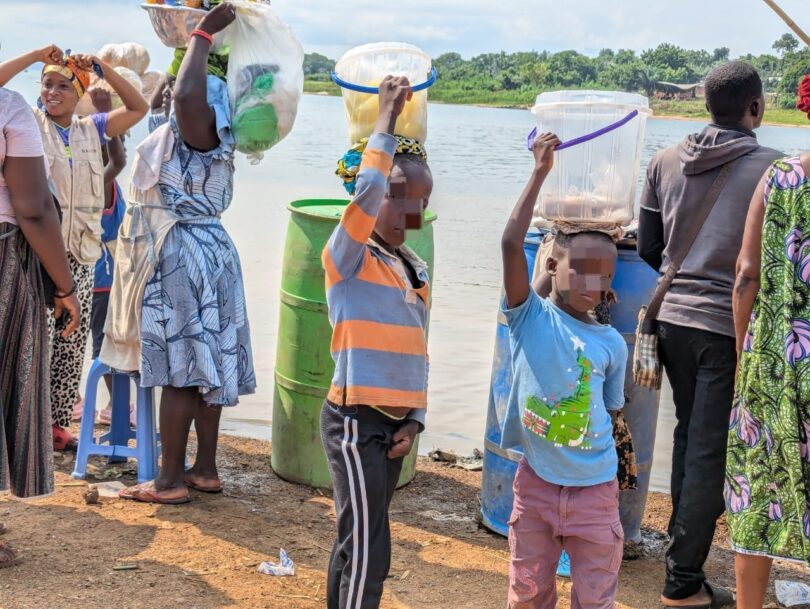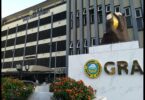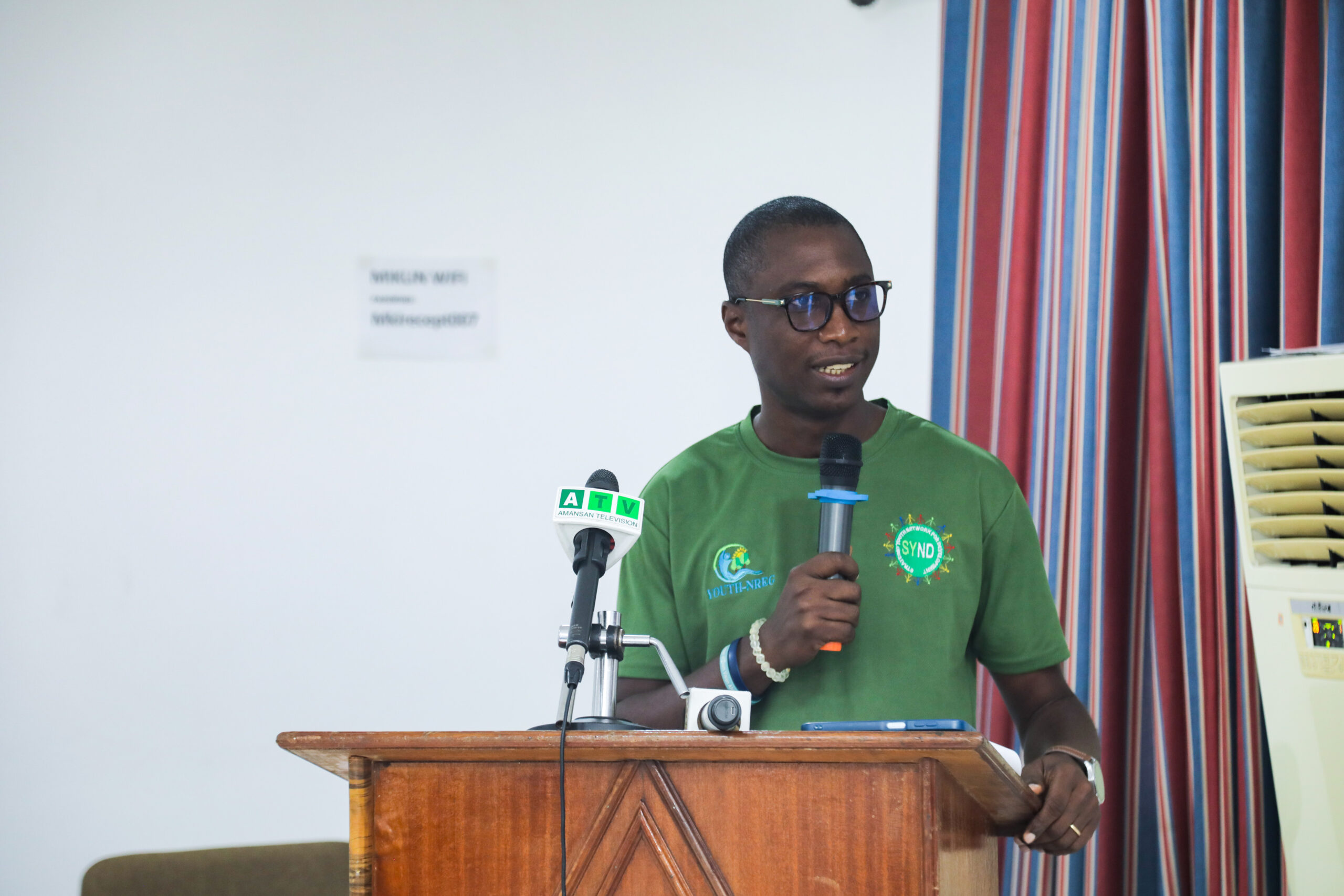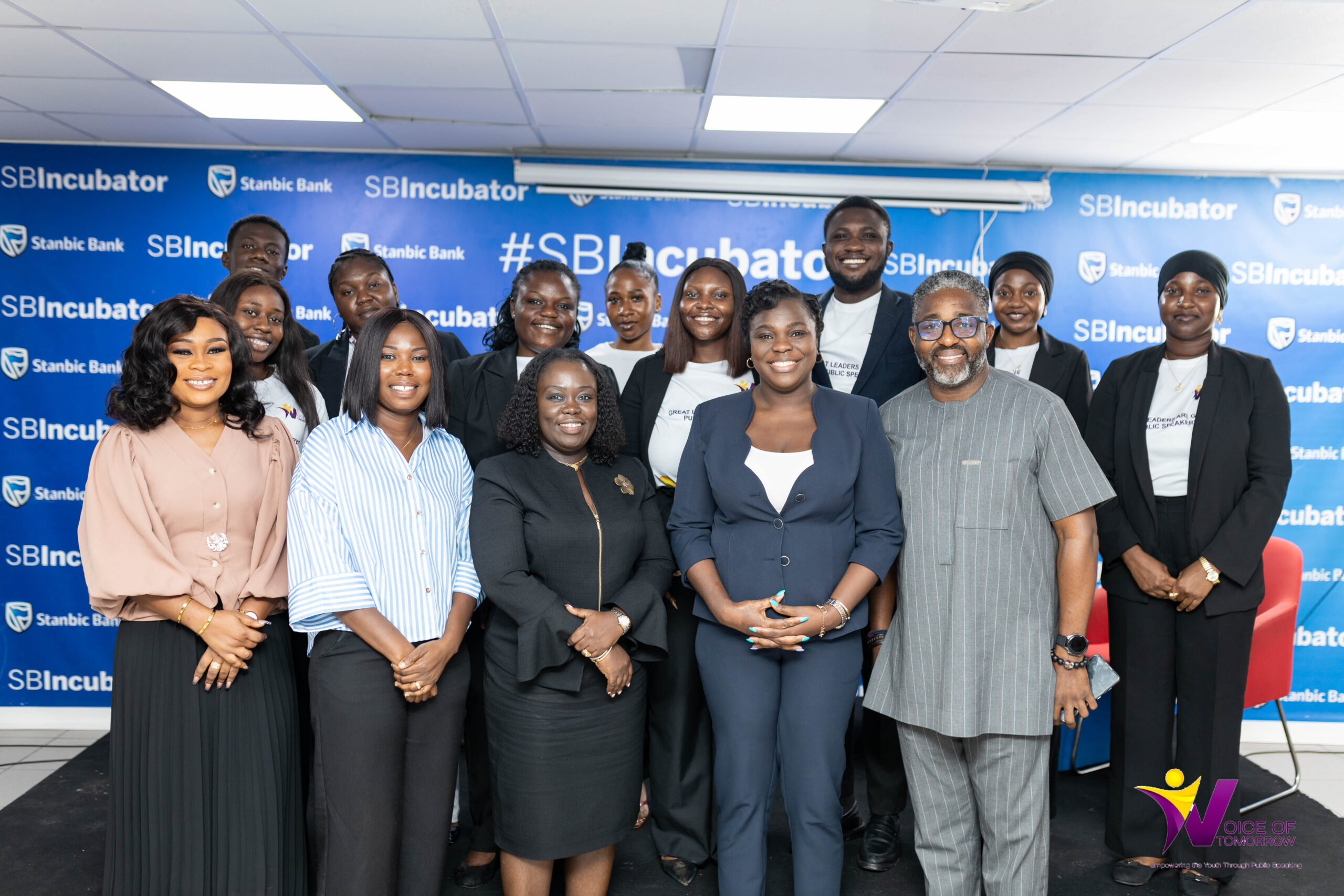Story By: Lucy Baagyei-Danso
Child labour remains a pressing global concern, with the International Labour Organization (ILO) reporting an alarming rise in cases across Africa. In Ghana, the situation is particularly dire on the Volta Lake, where one in every five children is engaged in fishing, a hazardous occupation deemed one of the most dangerous in the world.
The use of children in fishing activities on the lake often involves extreme risks, including diving to disentangle nets, which frequently leads to fatalities. This alarming reality underscores the urgent need for targeted and collaborative interventions.
Addressing Child Labour Through Social Protection
Through its Global Accelerator Lab Project, the ILO is intensifying efforts to combat child labour and forced labour globally. In Ghana, the project addresses child labour on the Volta Lake by leveraging social protection mechanisms. This initiative seeks to empower vulnerable communities through health insurance extensions, enhanced community surveillance, and vocational training opportunities to improve livelihoods and reduce the factors that perpetuate child labor.
Central to the project’s strategy is collaborating with Ghana’s Livelihood Empowerment Against Poverty (LEAP) program. LEAP, which provides cash transfers to vulnerable households, operates across all 260 districts in Ghana. However, a critical gap identified in LEAP’s framework is the absence of child labour indicators in its beneficiary targeting and monitoring processes.
Bridging the Gap: Integrating Child Labour Indicators into LEAP
The ILO has partnered with key stakeholders, including the Ministry of Gender, Children and Social Protection, the Department of Social Welfare, and the Ghana Statistical Service, to address this oversight. Together, they have developed and piloted two specific child labour indicators for inclusion in LEAP’s monitoring tools.
The pilot phase, conducted in Atimpoku, involved direct engagement with LEAP beneficiaries to test the relevance and efficacy of the new indicators. Preliminary results have been encouraging, revealing both strengths and areas for improvement. The next steps will involve refining these indicators in collaboration with LEAP and the Ghana National Household Registry (GNHR), ensuring their effective integration into data collection and monitoring processes.
Strengthening Policy and Institutional Frameworks
By incorporating child labour indicators, LEAP will be better positioned to identify and address cases of child labour within beneficiary households. This advancement is critical in the fight against child labour, as it enables social welfare workers to provide timely interventions and remediation. Additionally, integrating these indicators into the Proxy Means Test (PMT) and GNHR data collection processes will enhance the accuracy and depth of insights into the prevalence and dynamics of child labour in vulnerable communities.
A Unified Call to Action
The persistence of child labour on the Volta Lake not only undermines the dignity and welfare of children but also perpetuates poverty and stifles societal development. Trafficking and deceptive recruitment practices exacerbate the problem, trapping children in cycles of exploitation and danger.
While the global goal to eradicate child labour by 2025 remains ambitious, initiatives like the ILO Global Accelerator Lab Project offer a blueprint for progress. By strengthening social protection systems, empowering communities, and fostering collaboration among government, civil society, and development partners, Ghana can make significant strides in combating child labour.
The time to act is now. Protecting children from exploitation is not only a moral imperative but also a crucial step toward sustainable development. Together, stakeholders must work in unity to ensure that no child is left behind in the journey.
Source: www. thenewindependentonline.com








